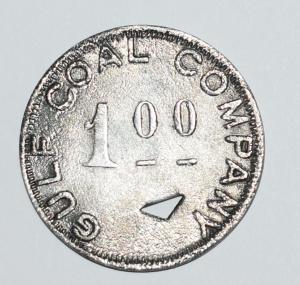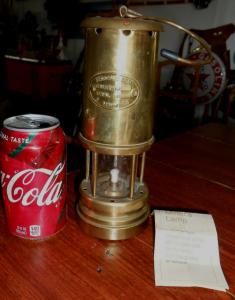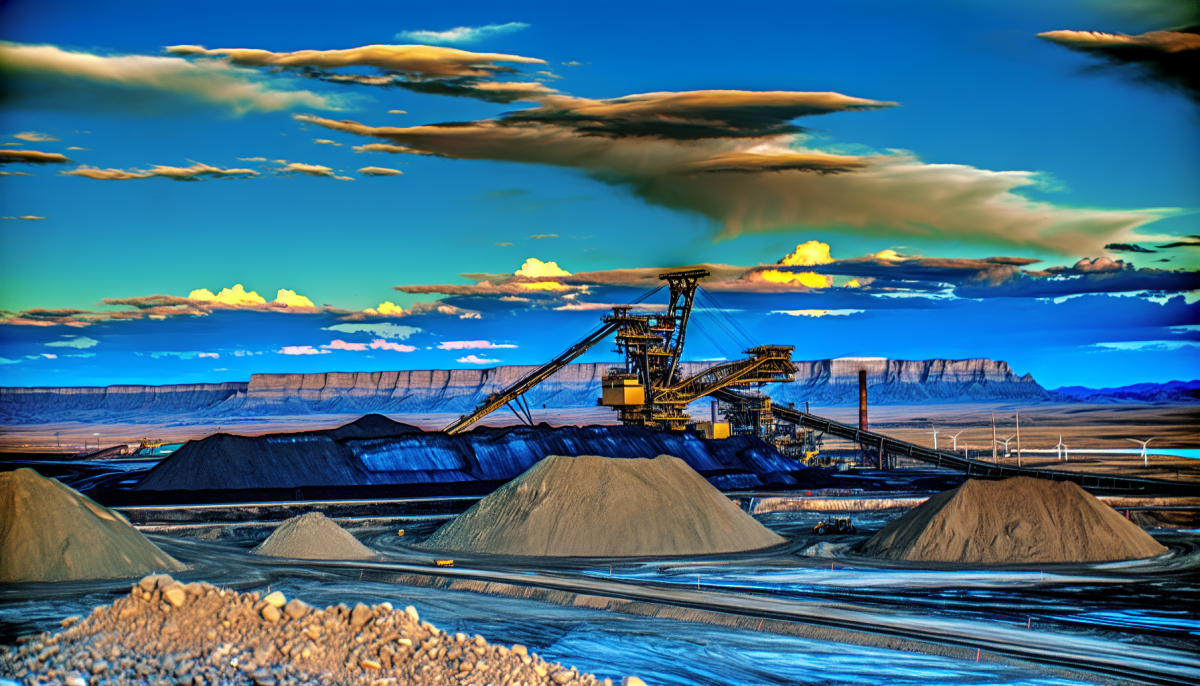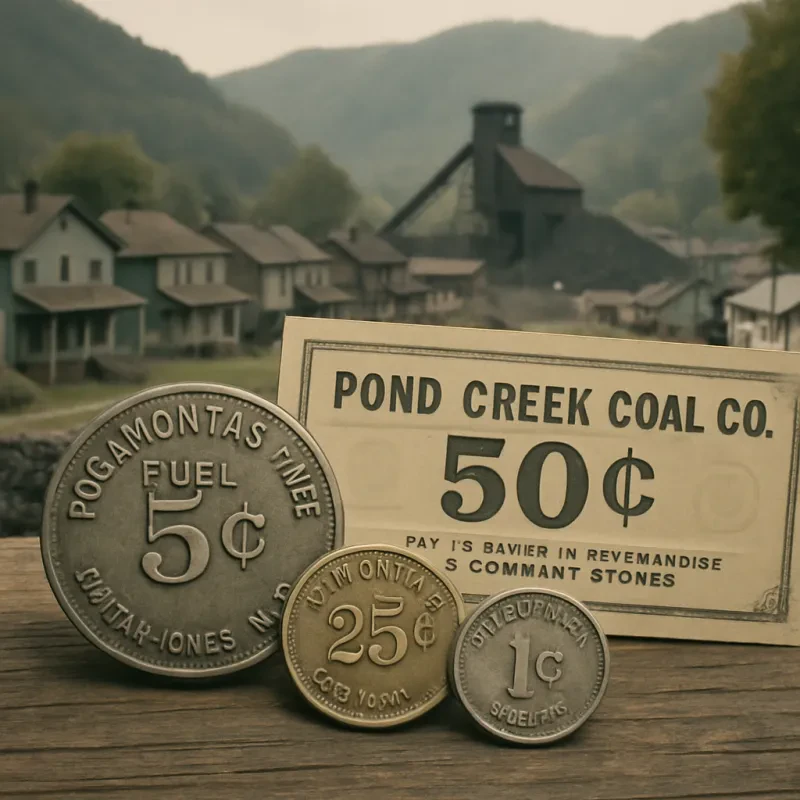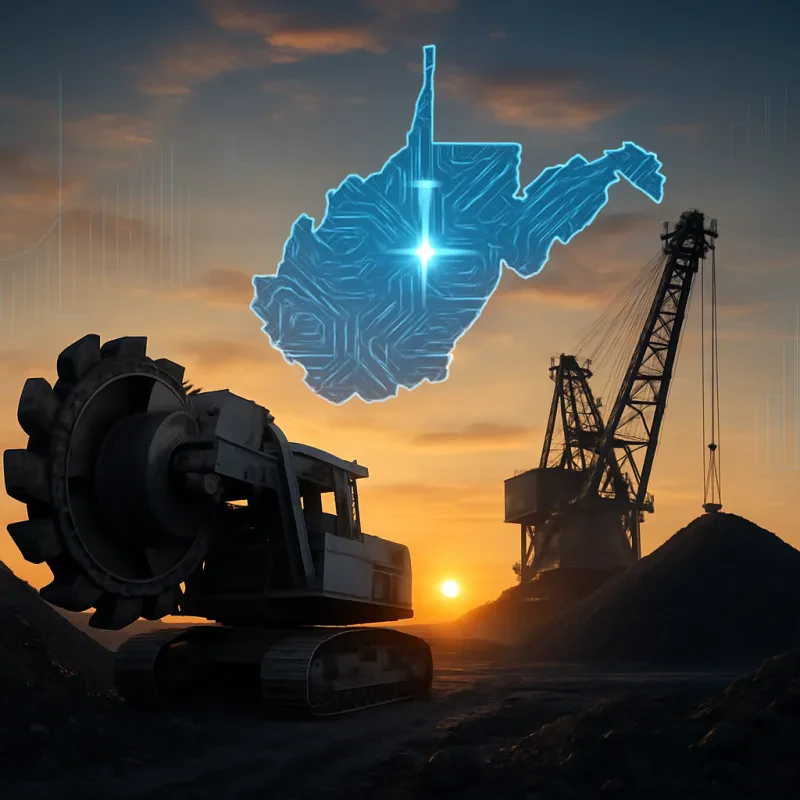Unlocking the Riches of Earth: The North Antelope Rochelle Mine
In the vast expanse of Wyoming's Powder River Basin lies a treasure not of gold or diamonds, but of a resource that has powered nations: coal. The North Antelope Rochelle Mine (NARM) stands as a colossus in the world of coal mining, being the largest in the United States and one of the most significant sources of thermal coal worldwide. This article delves into the history, the coal seam, and other relevant details of this mining behemoth, painting a comprehensive picture of its role in energy production and the challenges it faces in a rapidly evolving global energy landscape.
The Historical Pathway
The story of the North Antelope Rochelle Mine is one of ambition, geology, and economics. Officially opening in the 1980s, NARM was the result of consolidating smaller mining operations into a single, vast open-pit coal mine. Its growth was propelled by the increasing demand for low-sulfur coal, which burns cleaner than other types of coal, making it a preferable choice in efforts to reduce acid rain and air pollution.
The strategic location in the Powder River Basin, an area with rich coal deposits, positioned NARM to become a pivotal player in the coal industry. The mine's development mirrored the broader trends in energy consumption, technological advancements in mining, and the regulatory environment, which shaped its operational landscape.
The Geological Marvel: The Coal Seam
At the heart of NARM's productivity is the Gillette coal seam. This geological layer is part of the Powder River Basin's extensive coal deposits, known for their low sulfur content and high energy efficiency. The Gillette seam is remarkable not only for its quality but also for its accessibility. The coal lies close to the surface, allowing for efficient open-pit mining operations. This seam has been the backbone of NARM's output, contributing significantly to its annual production volumes, which have regularly exceeded 100 million tons in recent years.
The coal from NARM is predominantly used for electricity generation, serving power plants across the United States. The high-quality thermal coal from the Gillette seam helps in producing cleaner energy, given its lower sulfur content compared to other coal types. This aspect of NARM's coal has been crucial in its marketability, especially in times of stringent environmental regulations.
Operations: A Symphony of Efficiency
The operational scale of NARM is staggering. Covering an area larger than some cities, it employs a fleet of heavy machinery, including draglines, trucks, shovels, and loaders, which work in concert to extract coal from the earth. The mine operates around the clock, with meticulous planning and precision engineering ensuring the safety of operations and the efficiency of coal extraction and processing.
NARM's infrastructure includes vast conveyer systems, processing plants, and rail load-out facilities, enabling the swift transportation of coal to power plants and export terminals. This logistical prowess is a testament to the mine's role as a cornerstone of the energy sector, ensuring a steady supply of coal to meet the nation's energy needs.
Environmental Stewardship and Challenges
Despite its contributions to energy production, NARM faces challenges, particularly in the realm of environmental sustainability. The mine's operations are subject to strict environmental regulations aimed at minimizing the impact on air, water, and wildlife. Reclamation efforts, aimed at restoring mined land to its natural state, are an integral part of NARM's environmental commitment.
The shift towards renewable energy sources and the global push for carbon-neutral energy production have placed coal mines like NARM at a crossroads. Navigating these changes requires innovation and adaptation, with investments in cleaner coal technologies and exploration of sustainable mining practices being crucial for the mine's future.
The Future Landscape
As the energy world evolves, so too does the role of coal mines like the North Antelope Rochelle. The transition to a more sustainable energy mix poses questions about the long-term viability of coal mining. However, NARM's significant contributions to energy production, its operational efficiency, and its commitment to environmental stewardship ensure that it remains a key player in the energy sector.
In conclusion, the North Antelope Rochelle Mine is more than just a coal mine; it is a symbol of the complexities and challenges of energy production in the modern era. Its history is a testament to human ingenuity and economic development, while its future will likely be a reflection of our ability to balance energy needs with environmental sustainability. As we continue to unlock the riches of the earth, the story of NARM reminds us of the need to tread carefully, ensuring that our quest for energy does not come at the expense of the planet we call home.

